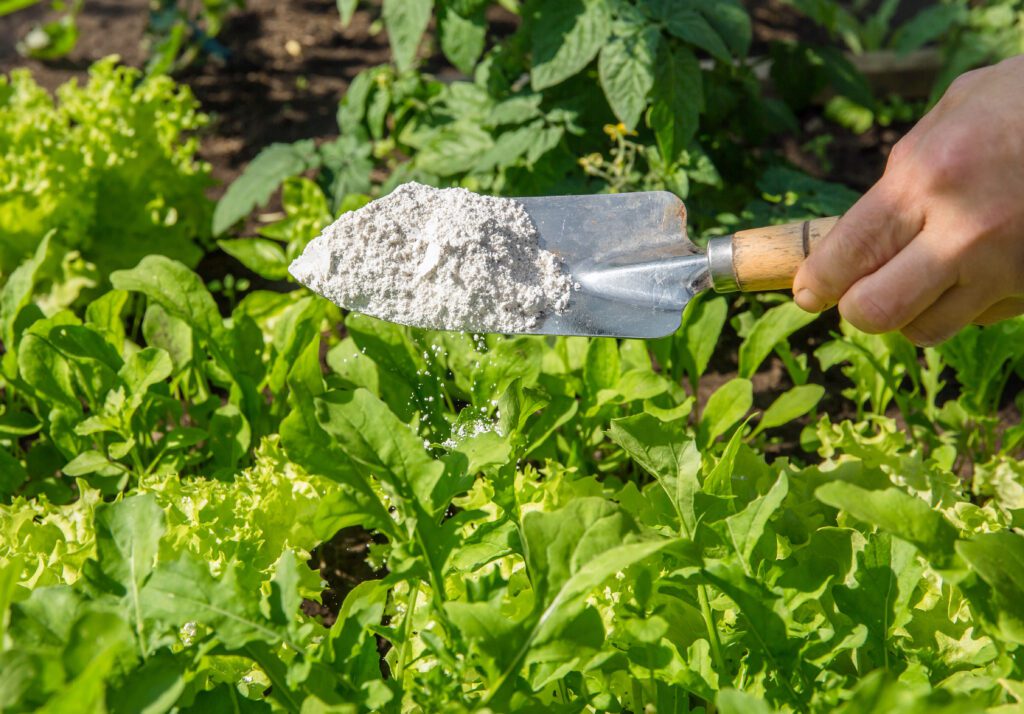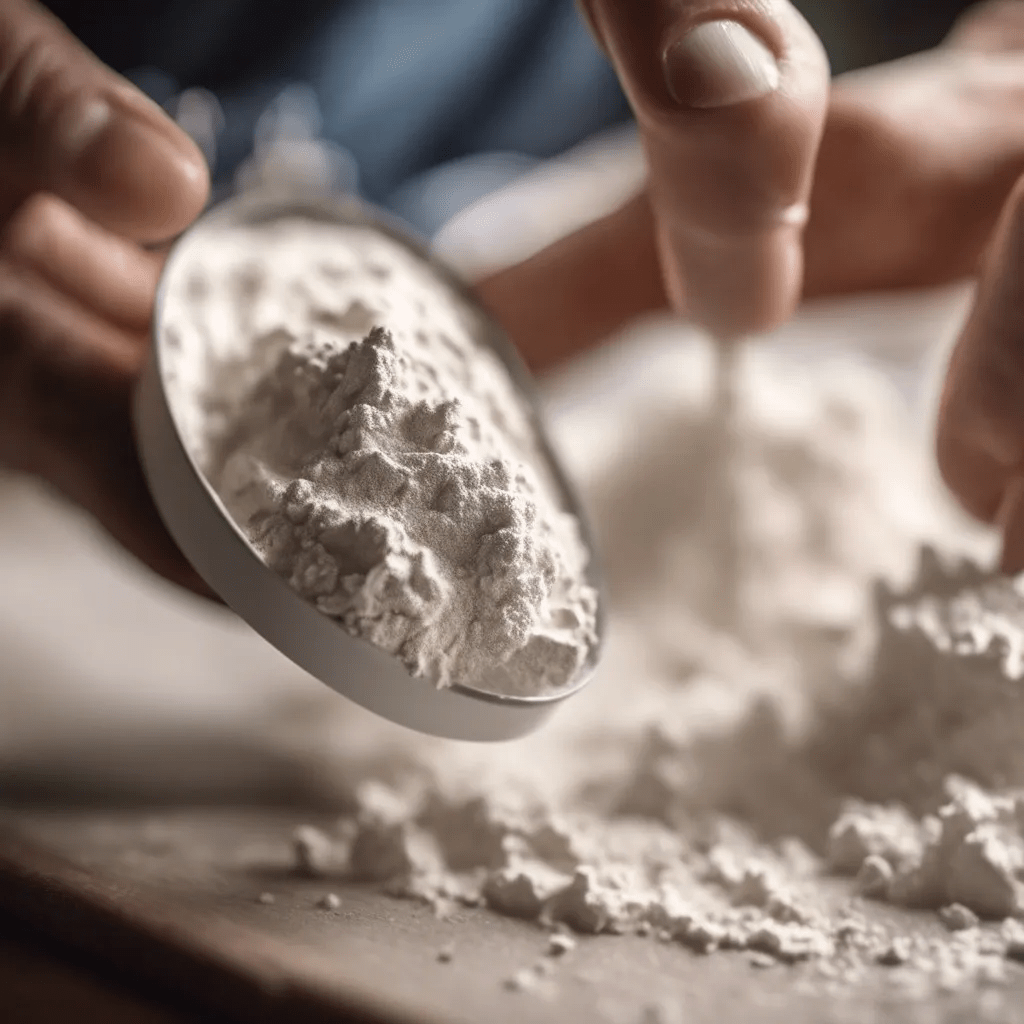Imagine being able to cheaply and easily get rid of cockroaches - sounds like paradise, doesn't it? Well, that could be a reality with the use of diatomaceous earth, a naturally occurring, non-toxic substance that's been touted as an effective cockroach exterminator. Our technicians are often asked, "Is Diatomaceous Earth Good For Cockroach Extermination?"
But is it as good as they say? Does it really have the power to end your cockroach woes once and for all?
The simple answer, yes, no, and, well, it depends.
Stay with me, as we explore the ins and outs of this intriguing substance, and together, we'll determine whether it's the non-toxic roach-busting solution you've been searching for when dealing with cockroaches in Alexandria.
Understanding Diatomaceous Earth
Let's delve into understanding Diatomaceous Earth, a naturally occurring substance that could be your secret weapon against cockroaches. Formed from the fossilized remains of aquatic organisms known as diatoms, this powdery substance might look harmless to you, but it's a nightmare for those pesky roaches.
You might be wondering, 'Why diatoms?' Well, these tiny creatures have skeletons made of silica, a material commonly found in glass. When these diatoms die and accumulate over time, they form a sedimentary rock called Diatomaceous Earth. It's not just any ordinary rock, though. It's easily crumbled into a fine powder that feels almost like talcum powder to us but is incredibly abrasive to insects like cockroaches.
Using Diatomaceous Earth for pest control isn't a new concept. It's been used for centuries as a natural pesticide, and it's even considered safe enough for humans and pets to ingest. However, it's important to note that you should always use food-grade Diatomaceous Earth for any pest control purposes.
In essence, Diatomaceous Earth is a non-toxic, environmentally friendly substance that can help you wage war against cockroaches.
How Diatomaceous Earth Helps Eliminate Cockroaches
You might be curious about how this seemingly innocuous powder manages to exterminate cockroaches effectively. Well, the secret lies in its microscopic, sharp edges. Imagine walking on a bed of glass shards! That's what it's like for cockroaches crossing over diatomaceous earth.
The tiny, jagged particles of diatomaceous earth pierce the exoskeleton of the cockroach. This protective layer is crucial for the insect's survival: it prevents the loss of water and provides a barrier against infections. Once pierced, the exoskeleton can't perform its job. The cockroach starts to dehydrate and, eventually, it dies.
But that's not all. Diatomaceous earth is also a desiccant, meaning it absorbs moisture. So, it not only pierces the exoskeleton, but it also sucks out the essential water content from the cockroach's body, hastening its demise.
Remember though, for diatomaceous earth to work, it has to come in direct contact with the cockroach. That's why it's important to apply it in areas where you've seen the pests. Don't worry, we'll get to the application methods in the next section. For now, you know how diatomaceous earth does its deadly work.

Application Methods for Cockroach Control
Knowing where and how to apply diatomaceous earth is crucial in your battle against cockroaches. It's not enough to just sprinkle it randomly; strategic application is key to its effectiveness. Diatomaceous earth should be applied in a very thin, almost invisible puff of dust. We often see thick lines of diatomaceous earth around kitchen cabinets, counters, and floors. Not only is this less effective, but it can be dangerous, especially for children and pets.
Firstly, identify the hotspots. Cockroaches love dark, moist areas, so focus on kitchens, bathrooms, basements, and cluttered spaces. You'll want to apply diatomaceous earth in corners, crevices, behind appliances, and under sinks where these pests typically hide and breed.
To apply, simply dust a thin layer of the powder in the targeted areas. As previously mentioned, don't pile it up; roaches might avoid large heaps and it can be unsafe. A duster or an old makeup brush can help evenly distribute it. Remember to wear a mask and gloves for your safety. (Read further for information on the safety of using Diatomaceous Earth for pest control.)
Next, be patient. Diatomaceous earth doesn't kill roaches instantly. It's a slow-acting agent that works by dehydrating them over several days. Keep the treated areas dry as water can reduce its effectiveness.
Lastly, consistency is key. One application won't wipe out an infestation. Reapply every few days until you don't see any more roaches. Now you're equipped with the knowledge to effectively apply diatomaceous earth and reclaim your home from these pesky invaders.
What Are The Safety Concerns For Using Diatomaceous Earth?
Using diatomaceous earth for pest control involves certain safety concerns primarily due to its fine particulate nature. Inhalation of diatomaceous earth dust can cause respiratory irritation and, with prolonged exposure, potentially lead to more serious lung conditions like silicosis, especially if the diatomaceous earth contains crystalline silica. It can also irritate the eyes and skin upon contact, necessitating the use of protective gear such as masks, goggles, and gloves during application. Additionally, it's crucial to use only food-grade diatomaceous earth for pest control to minimize health risks, as non-food-grade or industrial-grade diatomaceous earth may have higher levels of harmful crystalline silica. Furthermore, diatomaceous earth's indiscriminate action means it can harm beneficial insects alongside pests, and its effectiveness is compromised when wet, requiring dry conditions for optimal use. Proper ventilation and adherence to safety guidelines are essential when applying diatomaceous earth to ensure both effective pest control and the safety of users and the environment.
Pros and Cons of Diatomaceous Earth For Pest Control
While diatomaceous earth's effectiveness in battling roaches is clear, it's important to weigh the pros and cons of its usage.
On the positive side, diatomaceous earth is a natural, non-toxic substance. This means you can use it around your home without worrying about harmful chemical exposure to your family or pets. It's also easy to use. You simply dust it in areas where you've seen roaches, and it works by dehydrating the pests to death.
However, there are downsides to consider. For one, diatomaceous earth isn't a quick fix. It takes time to work, so you'll need patience. It also isn't effective when wet, so if it gets damp, you'll need to reapply. It can be messy, leaving a powdery residue in your home. And while it's generally safe, it can be irritating to the lungs if inhaled, so you should use caution when applying it.
Comparing Diatomaceous Earth to Other Extermination Methods
In comparison to other extermination methods, diatomaceous earth presents a unique set of advantages and disadvantages you'll want to consider. Unlike chemical pesticides, it's non-toxic and safe around kids and pets. It's also long-lasting, with a single application continuing to kill cockroaches for weeks or even months.
However, it's not without its downsides. Diatomaceous earth isn't as fast-acting as chemical pesticides. While it will eventually kill roaches, it doesn't immediately stop them in their tracks like a spray might. So, you might've to wait a bit longer to see results.
Additionally, diatomaceous earth works best when dry, meaning it may not be as effective in damp areas. In contrast, chemical treatments can be used in a variety of environments.
Frequently Asked Questions About Diatomaceous Earth For Pest Control
What Are the Health Risks Associated With Using Diatomaceous Earth for Cockroach Extermination?
Yes, there can be health risks when using diatomaceous earth for cockroach extermination. It's a fine powder that, if inhaled, can irritate your lungs and nasal passages. Always use a mask when applying it.
Can Diatomaceous Earth Be Used for Exterminating Other Pests Apart From Cockroaches?
Yes, you can use diatomaceous earth for exterminating other pests apart from cockroaches. It's effective against fleas, bed bugs, ants, and other small insects. However, it's not a quick solution, so you'll need patience.
How Long Does It Typically Take to See Results After Applying Diatomaceous Earth?
You'll typically start seeing results after two weeks of applying Diatomaceous Earth. However, it's best to continue the treatment for at least a month to ensure all pests are eliminated from your home.
Is It Safe to Use Diatomaceous Earth in Areas Where Food Is Prepared or Children Play?
Yes, it's safe. However, you should apply diatomaceous earth carefully in food preparation areas and where kids play. Avoid inhaling it and ensure it doesn't come in contact with kids' skin or eyes.
Conclusion
So, is diatomaceous earth good for cockroach control?
It can be when used properly. It's a natural, affordable, and effective method. However, don't expect instant results. It's slower than chemical extermination methods but safer for your home environment.
Remember, it's just one tool in your pest control arsenal. Pair it with other methods for the best results. After all, the goal is a cockroach-free home in Alexandria, and diatomaceous earth can definitely help you get there.
Don't want to go it alone or have safety concerns? My Pest Pros is here to help with professional cockroach extermination or other pest control needs. Give us a call at 703-665-4455 or contact us online.
